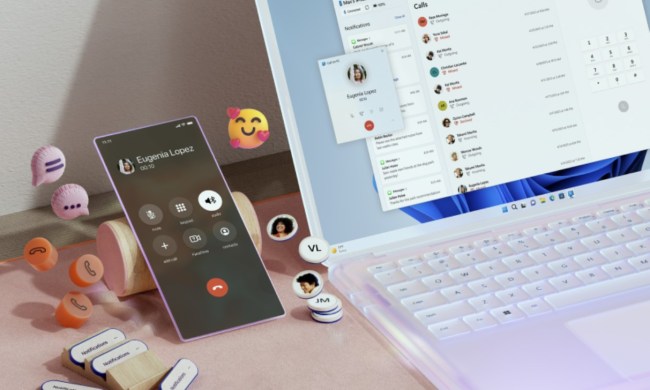
John Peter Whitney is confident about the advances in robotics. So confident, in fact, that he recently let a robot take a straight razor to his face to give him a shave.
No, it’s not some kind of lockdown-induced barber startup or a Jackass-style stunt. Instead, Whitney, assistant professor of mechanical and industrial engineering at Northeastern University School of Engineering, was interested in straight-razor shaving as a microcosm for some of the big challenges that robots have faced in the past (such as their jerky, robotic movement) and how they can now be solved.
Because he’s so confident that a lot of these issues can be handled with the right approach, he and his colleagues built a remote robot shaving system that allows a human barber to control the blade-wielding bot to shave Whitney’s beard — without murdering him in the process.
“I was supremely confident in the hardware and the safety of the apparatus.”
“Straight-razor shaving is extreme in [its] demands,” Whitney told Digital Trends. “We require the ability to provide high stiffness in some directions and very low stiffness in other directions, and these directions are changing continuously as the position and orientation of the blade changes. In addition, we need the ability to have a fast ‘reflex’ to pull away if safety limits are violated. The only way to achieve this is to build a system in which every single joint is extremely light and extremely low friction.”
Don’t get any old robot to give you a shave
This is not doable using traditional robot designs, he explained. But the “remote direct-drive” setup created for this demo — a fluid-based soft actuator, combined with fluid pressure force feedback — was able to overcome many of these issues. The result is a lightweight and low-friction transmission that allows a human to control the incredibly precise robot remotely. Lab Ph.D. student Evelyn Mendoza was central in helping build “nearly every component” of the custom-made system.
“I was supremely confident in the hardware and the safety of the apparatus, and also confident in [barber Jesse Cabbage’s] skill,” Whitney told Digital Trends. “But there were a few unknowns for me. For example, Jesse relied on me to pull and pretension the skin of my cheek. If I’m shaving myself, or Jesse is shaving someone else, the ‘operator’ controls the blade and the skin. In this case, we had divided these tasks. As the shaving began I was actually more nervous [than] before we started, due mostly to the fact that we followed a full preparation routine of hot water and soap to soften my skin and beard hairs as much as possible.”
This was designed to make for a more effortless cut on the barber’s part. Cabbage was able to feel the transmitted vibrations of the cutting hairs through the blade. However, Whitney found it unnerving because it was a different feel to when he had practiced shaving with the razor beforehand.
All in a good cause
“Also, as he proceeded down my cheek, I became more and more worried about the angle between the blade and my skin not being optimal,” Cabbage said. “The apparatus we used, which … is designed for testing prostate needle biopsy procedures, allows control of the x-y-z position of the blade but not the angle, which must be pre-set.”
As Whitney notes, far from a mere stunt, this demonstrates the ability of certain robotic systems to carry out incredibly accurate and precise movements for applications like medical interventions. Robots are already being used increasingly in surgical tasks. Thanks to pioneering work like Whitney and his colleagues do, that trend looks only set to continue in the years to come. Heck, maybe your surgeon-bot will even throw in a quick facial hair tidy-up with your procedure!
A video describing the project can be seen up top. A paper with additional details is also available to read online.


